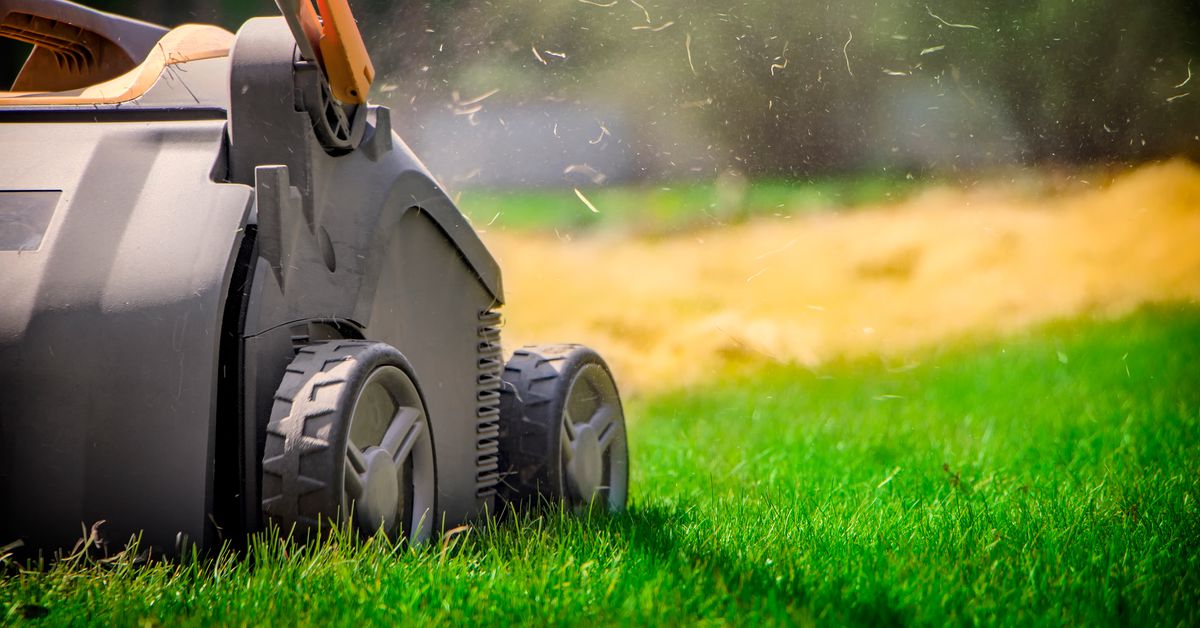
02 Feb Benefits of Aeration
Aeration is one of the keys to keeping your plants healthy. Plants need oxygen to grow and thrive. Oxygen moves through the soil and roots and is absorbed by plant cells for growth. Aeration can help improve the amount of oxygen that gets into the soil, improving the overall health of your plants.
Oxygen-rich soil leads to healthier, happier plants. Your plants will also be less susceptible to disease, as well as insect infestations when they are getting enough aeration. To learn more about the benefits of aeration and what you can do to implement it into your garden, we invite you to keep reading to learn more.
Why Choose Aeration?
When plants are exposed to an environment without enough oxygen, they can suffer. For example, plants may display yellowing leaves or tall grass. Here are some of the benefits of aeration for your plants:
- Increased resistance to insects and pests
- Decreased susceptibility to disease
- Improved root system
- Reduced thatch
- More oxygen
- Stronger turf
As you can see, aeration is essential for plant health. If you want to keep your plants happy and healthy, consider adding aeration into your garden regimen. It’s completely worth it to maintain good soil quality by providing your plants with what they need: plenty of oxygen.
Different Ways to Achieve Aeration
There are many ways you can aerate your soil to get the oxygen into it that your plants need. Composting is a great way to get air into the soil because of the air pockets created by decomposing organic matter. If you don’t want to compost, there are other ways to aerate your lawn or garden.
One of these ways is with an aerator, which will create air pockets in the soil so that oxygen can be absorbed more easily by plant roots. You can also till or dig up some of the topsoil and then replace it when done—this too will create air pockets in the soil.
There are also chemical aerators that are available at most nurseries or garden centers, but please do not use these if you have a septic system on your property.
How to Identify if Your Plants Need More Air
One of the best ways to identify if your plants need more air is to simply check their leaves. Plant leaves can give a lot of clues as to what they may need, and it’s important that you know how to read those clues. Signs that the plant needs more air include yellowing, dryness, and wilting.
It’s also important to check for insects on your plants. If there are a lot of ants or other pests on your plants, chances are there is not enough oxygen in the soil.
Another way you can tell if your plants need more air is by burrowing into the ground with a shovel. If you hit dirt instead of roots after five to six inches, it’s time to aerate. By taking action now, you can ensure the health of your plants.